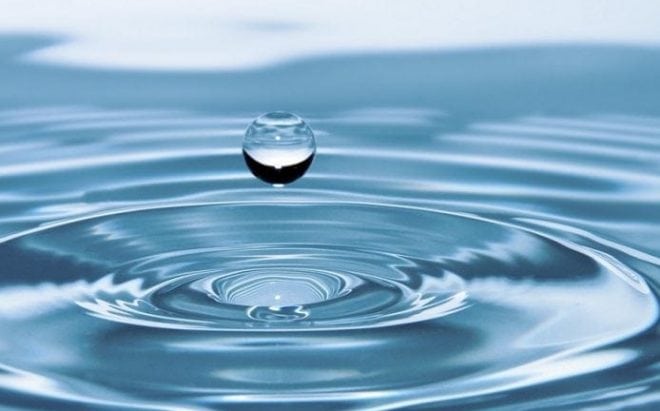BASF and Yara work together to create a low-carbon blue ammonia plant

BASF and Yara Clean Ammonia are collaborating on a joint study to develop and build a low carbon blue ammonia plant in the US Gulf Coast region. The companies are exploring the possibility of building a plant with a total capacity of 1.2 to 1.4 million tons per year to meet the growing global demand for low-carbon ammonia.
“Yara and BASF have worked together successfully in the past and we are excited to explore a new ammonia treatment project together. In line with Yara’s Clean Ammonia strategy, we are systematically working to develop asset-backed supplies for decarbonizing agriculture, as well as serving new clean ammonia segments such as fuel transportation, power generation and ammonia as a hydrogen carrier,” said Magnus Krogh Ankarstrand, President of Yara Clean Ammonia.
Approximately 95% of the carbon dioxide (CO2) generated during production is intended to be captured and permanently stored in the ground. This will enable Yara to supply its customers with pure ammonia with a significantly reduced product carbon footprint. For BASF, the new plant will serve as a backwards integration to meet the company’s demand for low-carbon ammonia and reduce the carbon footprint of its ammonia-based products.
“This project highlights BASF’s commitment to the sustainable transformation of the chemical industry. With integrated material flows and advanced infrastructure, our existing Verbund plants in the region are ideally placed to integrate a new world-class ammonia plant that can significantly reduce the carbon footprint of both our own operations and the various industries we serve,” said Dr. Ramkumar Dhruva, President of BASF’s Monomers Division.
BASF and Yara are longtime collaborators and successfully operate a joint world-class ammonia plant at BASF’s Freeport, Texas site. The companies plan to complete a feasibility study for the production of low-carbon blue ammonia by the end of 2023.
The characteristics of blue ammonia are identical to traditional production ammonia. Since the CO2 generated during the production process is captured and not released into the atmosphere, blue ammonia plays a significant role in the transition to alternative, less carbon-intensive products. BASF aims to reduce its absolute CO2 emissions by 25% by 2030 compared to 2018 and achieve zero CO2 emissions by 2050. Yara has extensive experience in the fight against greenhouse gases. By becoming a listed company in 2004, Yara has nearly halved its emissions and will cut another 30% by 2030. Yara is committed to becoming an environmentally neutral company and growing the sustainable food of the future.



